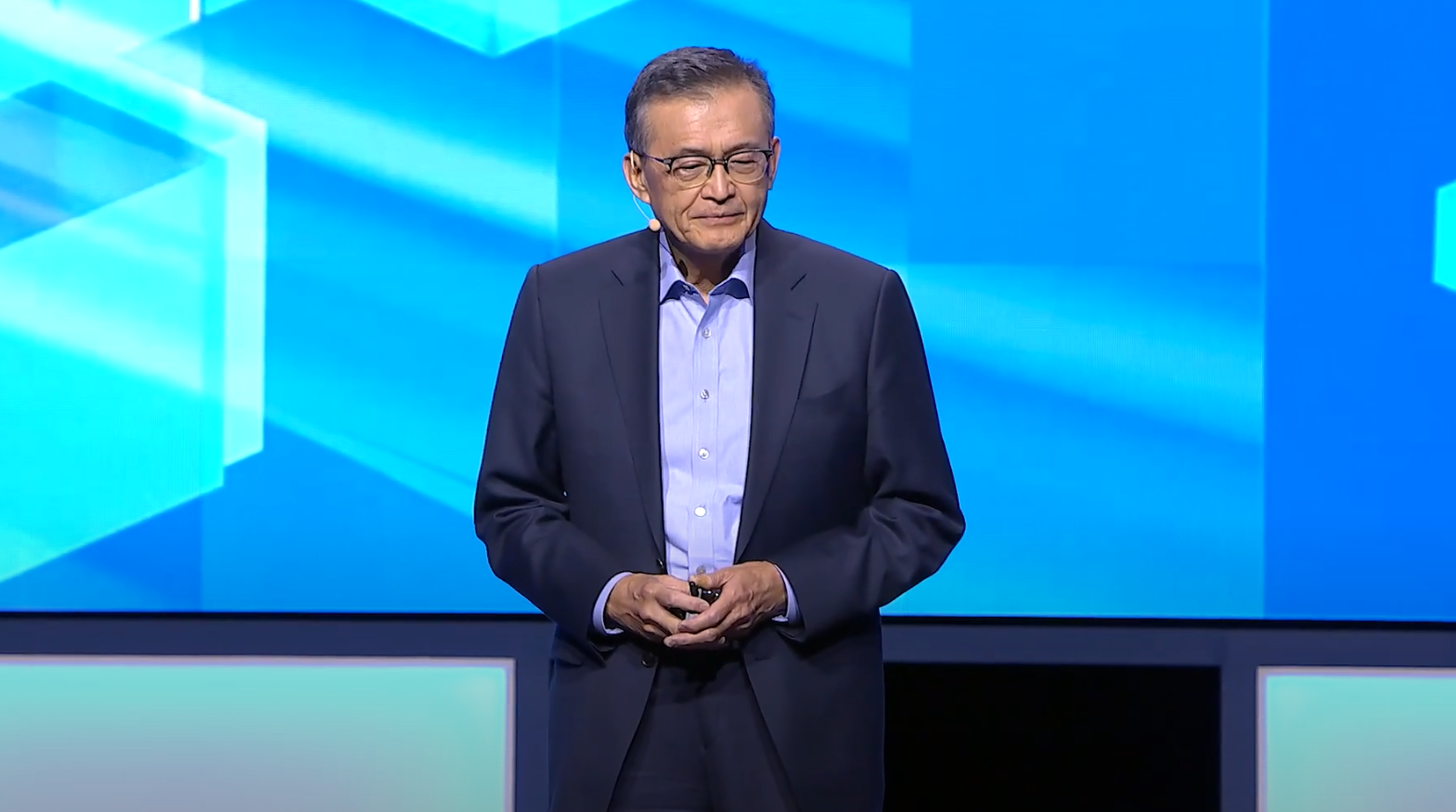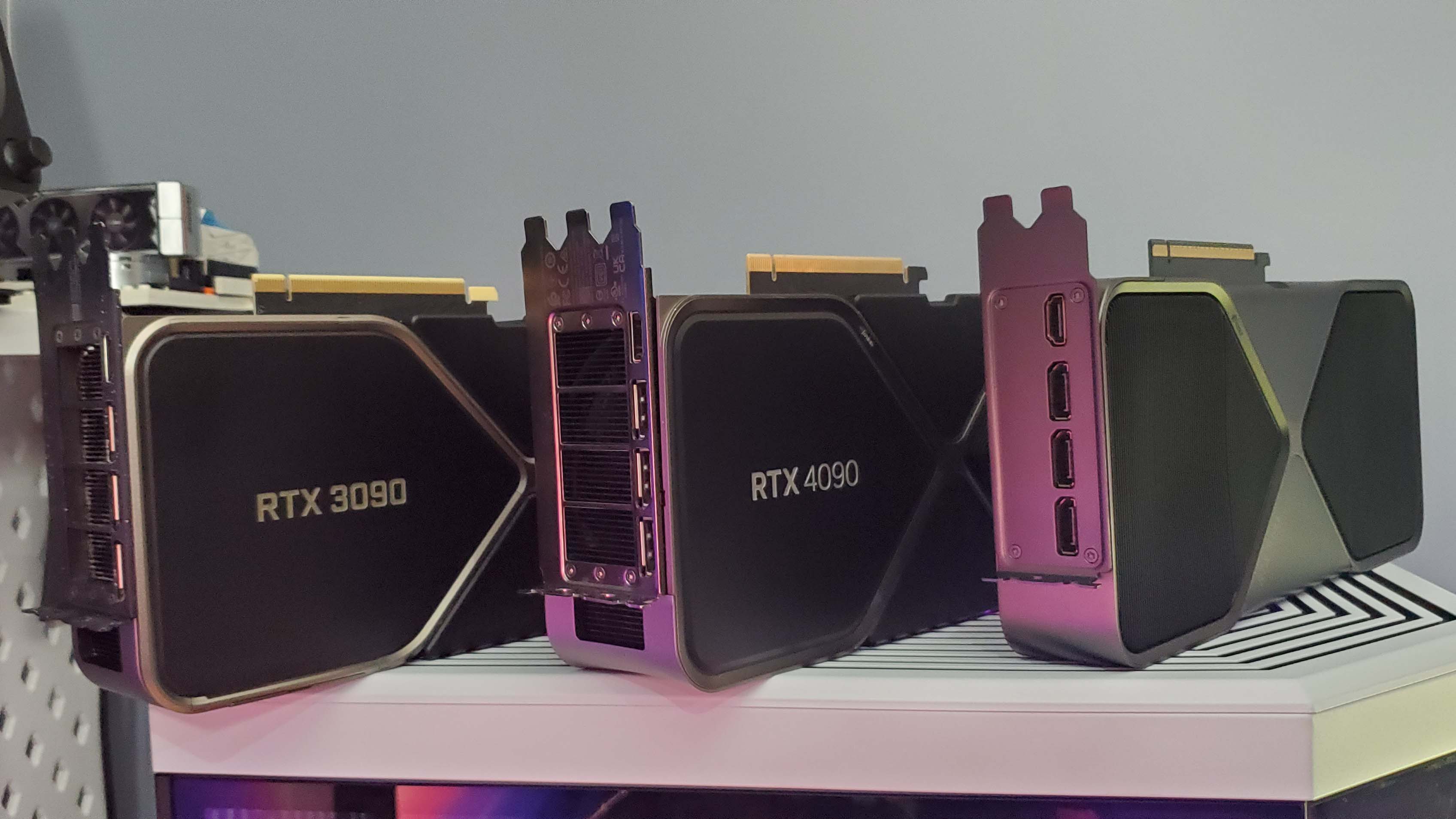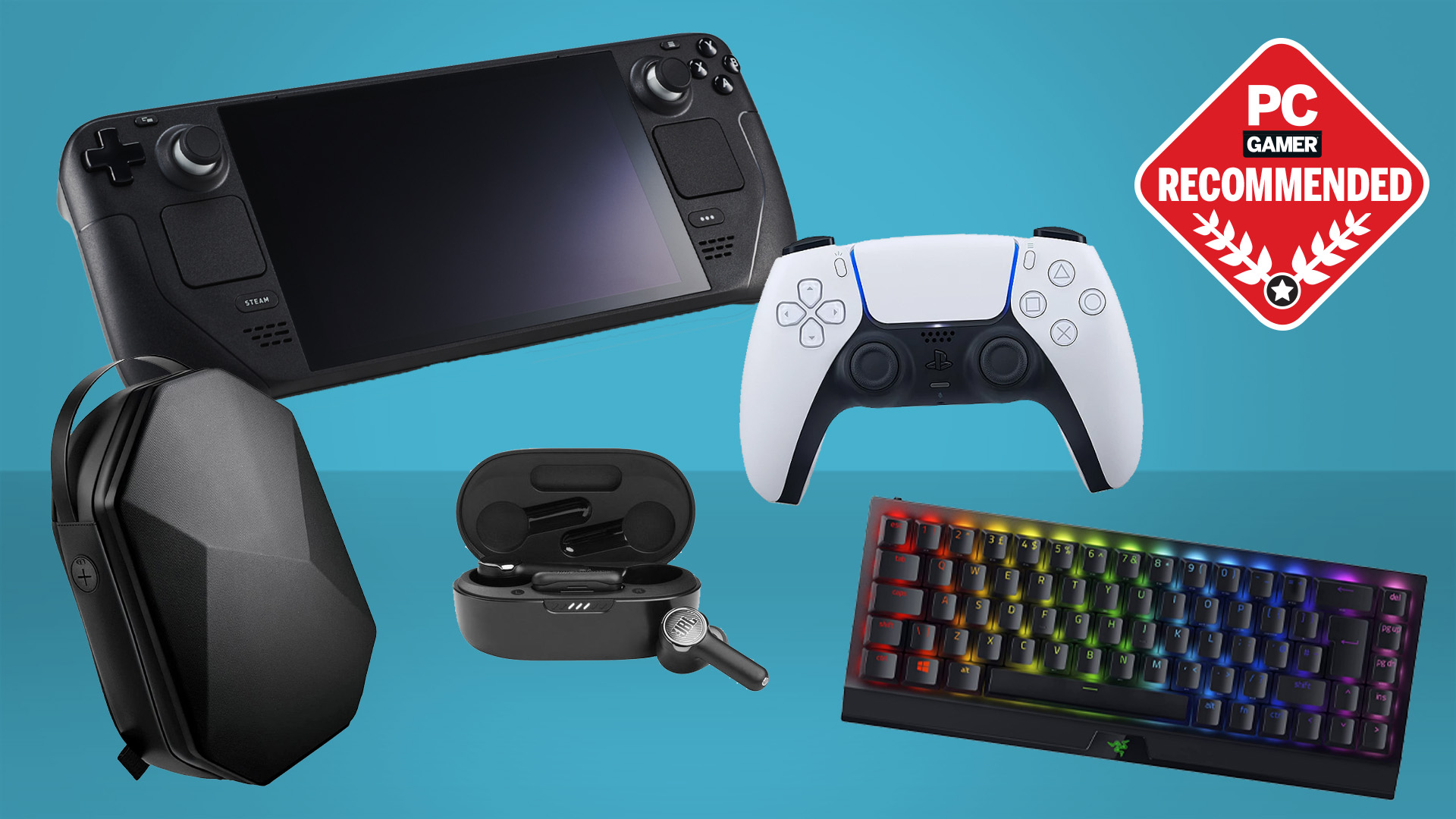New Intel CEO is looking 'for partnership with the industry leader to build purpose-built silicon' for AI, but is he talking about making chips with Nvidia or for OpenAI?
Lip-Bu Tan also says he hooked up with TSMC to talk about a possible collab'.

Intel's new CEO Lip-Bu Tan conducted his very first earnings call with the usual roll call of investors and banking bigwigs yesterday. Along with promising to bash the company into shape, including "flattening" the management structure and requiring everyone to turn up to the office four days a week, Tan tantalisingly revealed his aspiration for "partnership with the industry leader" in AI.
More specifically, on Intel's plans for AI hardware and the role of x86 chips, Tan said, "We’re going to look for partnership with the industry leader to build a purpose-built silicon and a software to optimize for that platform."
So, the context is unambiguously hardware. But it's not totally clear which "leader" Tan is referring to. Few would argue that the industry leader in AI hardware is Nvidia with its latest Blackwell architecture. In which case, Tan could be hoping to get Intel chips into Nvidia's full-solution rack machines for processing AI, perhaps as an alternative to the Arm-based CPUs in Nvidia's latest DGX machines.
On the other hand, maybe Tan means the "leader" in terms of AI models, which you might argue is OpenAI, even if OpenAI's lead in terms of LLM technology is more ambiguous than Nvidia's dominance in GPUs for AI processing. And that could mean custom AI chips for OpenAI.
Either way, Tan conceded that it would take time to deliver on that aspiration. "We are taking a holistic approach to redefine our portfolio to optimize our products for new and emerging AI workloads. We are making necessary adjustments to our product roadmap so that we are positioned to make the best in class products while staying laser focused on execution and ensuring on time delivery. However, I want to emphasize that this is not a quick fix here. These changes will take time."

Incidentally, Tan also revealed that he had spoken with TSMC's Morris Chang and Che Chia (C.C.) Wei, the former being TSMC's founder, the latter its current CEO. "Morris and C.C. are very longtime friends of mine. And we also met recently, trying to find areas we can collaborate, so that we can create a win-win situation."
Does that refer to numerous reports of a joint venture between Intel and TSMC, with the latter possibly taking control of Intel's chip-production fabs? That's the $64 billion question.
The biggest gaming news, reviews and hardware deals
Keep up to date with the most important stories and the best deals, as picked by the PC Gamer team.
Meanwhile, Tan seems to be taking a tough stance on Intel itself. We reported earlier this week on mooted plans to slash 20% of Intel's workforce. Tan didn't specifically announce that measure, but he did hint that cuts would need to be made.

Best CPU for gaming: The top chips from Intel and AMD.
Best gaming motherboard: The right boards.
Best graphics card: Your perfect pixel-pusher awaits.
Best SSD for gaming: Get into the game ahead of the rest.
"Organizational complexity and bureaucracies have been suffocating the innovation and agility we need to win. It takes too long for decisions to get made," Tan said, adding, "We will significantly reduce the number of layers that get in their way. As a first step, I have flattened the structure of my leadership team."
Tan also wants Intel workers back in the office. "We are mandating a four day per week return-to-office policy, effective Q3 2025. I know firsthand the power of teamwork, and this action is necessary to re-instill a more collaborative working environment."
Ultimately, nothing unambiguously new in terms of products or fab customers was detailed on the call. Intel reaffirmed its commitment to launch its next-gen Panther Lake CPU on its critical 18A node later this year. But Lip-Bu Tan didn't announce any new customers for Intel Foundry and didn't provide any specifics at all when it comes to his mooted plans to take advantage of the burgeoning AI revolution, aside from essentially saying the company is well-positioned to flog AI-enabled PCs.
As has been the case for several years now, Intel has much to prove. And the wait for clear indications of a return to form continues.

Jeremy has been writing about technology and PCs since the 90nm Netburst era (Google it!) and enjoys nothing more than a serious dissertation on the finer points of monitor input lag and overshoot followed by a forensic examination of advanced lithography. Or maybe he just likes machines that go “ping!” He also has a thing for tennis and cars.
You must confirm your public display name before commenting
Please logout and then login again, you will then be prompted to enter your display name.

